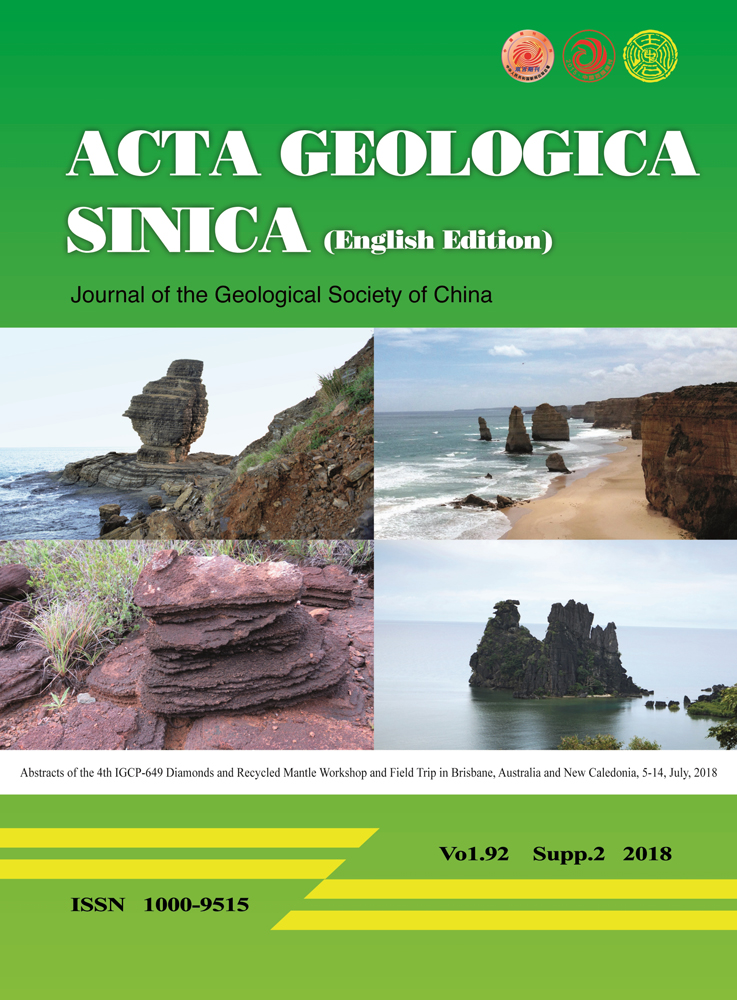Characteristics and Hydrocarbon Accumulation Periods of the Fluid Inclusions in the Sandstone Reservoirs of Chang 9 Oil Groups in Yanchang Formation, Huaqing Area
Abstract
Huaqing area is an important area for oil and gas exploration and development in the Ordos Basin, within which, the Chang 9 oil group of Triassic Yanchang Formation is one of the main intervals for exploration and development (Zhang et al., 2011). Fluid inclusions record abundant oil and gas accumulation information and important oil and gas migration and accumulation history information(Parnell et al., 1998; Parnell, 2010; Jiang et al., 2018). The occurrence, distribution and intersection of the fluid inclusions in diagenetic minerals were observed under microscope. The accurate formation periods of inclusions are key to determine hydrocarbon accumulation periods (Burrus et al., 1985; Zhou et al., 2000; Zhao, 2002). In addition, the fluorescence color and brightness of organic inclusions observed by fluorescence microscopy could be used to roughly identify the oil and gas evolution stages (Zhang et al., 2010). Therefore, the occurrence, distribution and fluorescence characteristics of oil and gas inclusions were important evidence for judging the hydrocarbon accumulation periods. The fluid inclusions in sandstone reservoirs of Chang 9 oil group in Huaqing Area were observed in detail, and the observation results revealed that fluid inclusions were widespread in Chang 9 sandstone and exhibited various types. Through comprehensive analyses, it was considered that the fluid inclusions in Chang 9 sandstone reservoirs indicated three hydrocarbon accumulation periods.




